Code
HCS34855
Weight
510 gm / 1.12 lbs
Size
Height
12cm (5") Width
10cm (4") Depth
6cm (2") Material
Copper
Availability
Available

Safe Payment
We accept Paypal, Money Transfer, Bank Transfer
Confidence
Protection covers your purchase and personal data.
Worldwide Delivery
We ship Worldwide, except Russia.Shipping cost US$25.2 for upto 0.5 kgs

Hotline
Talk to help line for your question on 9841267335Full Fire Gold Plating
This [cundi], Buddhist Handmade Statue, [gold Plated And Oxidized] And [high Quality] is finished with full gold plating. also known as mercury gold plating or fire gold plating. This traditional technique involves the application of a genuine layer of gold onto the [cundi], Buddhist Handmade Statue, [gold Plated And Oxidized] And [high Quality]. Referred to as mercury gold plating, it is considered the correct and authentic form of gold plating in Nepal. Despite being more expensive than electroplating, this traditional mercury gold plating is gaining popularity again in Nepal. People are drawn to its authenticity, longevity, and the unmatched beauty it brings to the [cundi], Buddhist Handmade Statue, [gold Plated And Oxidized] And [high Quality]. The resurgence of interest in this traditional form of gold plating reflects a growing appreciation for the craftsmanship and cultural heritage of Nepal Read More . . .
This [cundi], Buddhist Handmade Statue, [gold Plated And Oxidized] And [high Quality] is finished with full gold plating. also known as mercury gold plating or fire gold plating. This traditional technique involves the application of a genuine layer of gold onto the [cundi], Buddhist Handmade Statue, [gold Plated And Oxidized] And [high Quality]. Referred to as mercury gold plating, it is considered the correct and authentic form of gold plating in Nepal. Despite being more expensive than electroplating, this traditional mercury gold plating is gaining popularity again in Nepal. People are drawn to its authenticity, longevity, and the unmatched beauty it brings to the [cundi], Buddhist Handmade Statue, [gold Plated And Oxidized] And [high Quality]. The resurgence of interest in this traditional form of gold plating reflects a growing appreciation for the craftsmanship and cultural heritage of Nepal Read More . . .
Lost-Wax System
This Cundi of [cundi], Buddhist Handmade Statue, [gold Plated And Oxidized] And [high Quality] is made by the process of the Lost Wax system. This is a very complicated, time consuming and historic process of making metal sculptures.Which is why it is sometimes called Precision Casting as well. Hence the sculptures made by this process are comparatively expensive. There are many new, advanced and less time consuming methods of casting metal sculptures available as well. But due to the benefits provided by the traditional lost wax system in quality control and customization, we prefer the Loss wax system over Ceramic molding, or sand casting to make our Cundi.
Below we have tried to illustrate the process of making a loss wax system statue: Read More . . .
This Cundi of [cundi], Buddhist Handmade Statue, [gold Plated And Oxidized] And [high Quality] is made by the process of the Lost Wax system. This is a very complicated, time consuming and historic process of making metal sculptures.Which is why it is sometimes called Precision Casting as well. Hence the sculptures made by this process are comparatively expensive. There are many new, advanced and less time consuming methods of casting metal sculptures available as well. But due to the benefits provided by the traditional lost wax system in quality control and customization, we prefer the Loss wax system over Ceramic molding, or sand casting to make our Cundi.
Below we have tried to illustrate the process of making a loss wax system statue: Read More . . .
Brief Description :
While Cundī is less well known in Tibetan Buddhism, she is revered in Tángmì or East Asian esoteric Buddhism. In China, she is known as Zhǔntà Púsà or Zhǔntà Fómǔ , "Junje" in Korean, while in Japan she is known as Jundiai Kannon.In late imperial China, the early traditions of Tangmi were still thriving in Buddhist communities. Robert Gimello has also observed that in these communities, the esoteric practices of Cundī were extremely popular among both the populace and the elite.
Iconography :

![[cundi], Buddhist Handmade Statue, [gold Plated And Oxidized] And [high Quality]](https://handicraftseller.com/uploads/pics/product/thumb/2025/01/34855_0.jpg)
![[cundi], Buddhist Handmade Statue, [gold Plated And Oxidized] And [high Quality]](https://handicraftseller.com/uploads/pics/product/thumb/2025/01/34855_1.jpg)
![[cundi], Buddhist Handmade Statue, [gold Plated And Oxidized] And [high Quality]](https://handicraftseller.com/uploads/pics/product/thumb/2025/01/34855_2.jpg)
![[cundi], Buddhist Handmade Statue, [gold Plated And Oxidized] And [high Quality]](https://handicraftseller.com/uploads/pics/product/thumb/2025/01/34855_3.jpg)
![[cundi], Buddhist Handmade Statue, [gold Plated And Oxidized] And [high Quality]](https://handicraftseller.com/uploads/pics/product/thumb/2025/01/34855_4.jpg)
![[cundi], Buddhist Handmade Statue, [gold Plated And Oxidized] And [high Quality]](https://handicraftseller.com/uploads/pics/product/thumb/2025/01/34855.jpg)
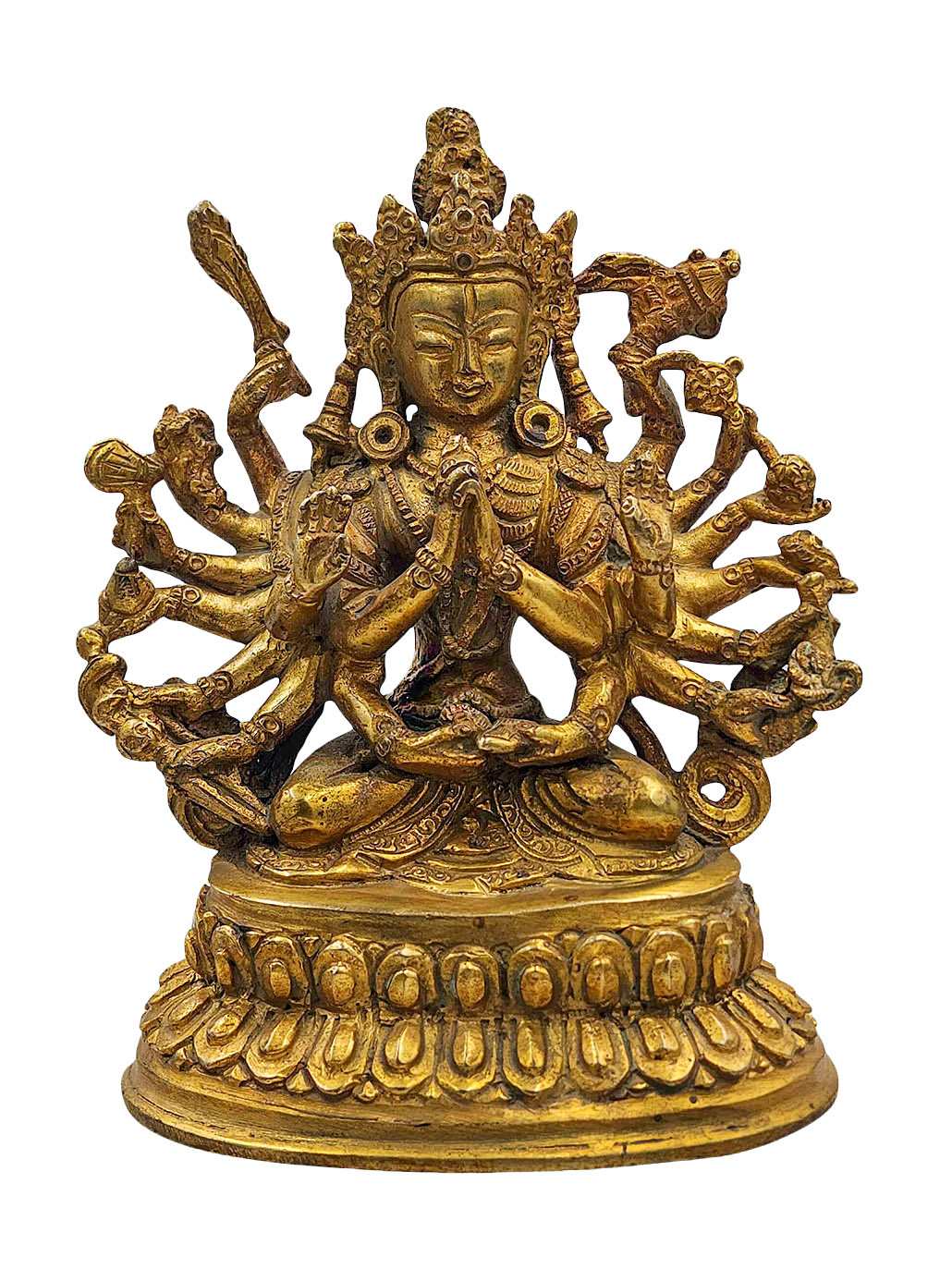



































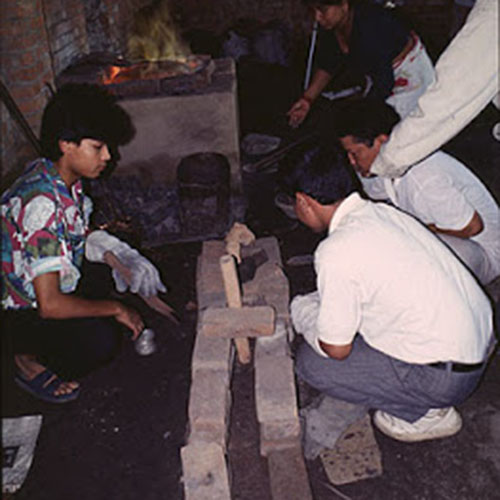
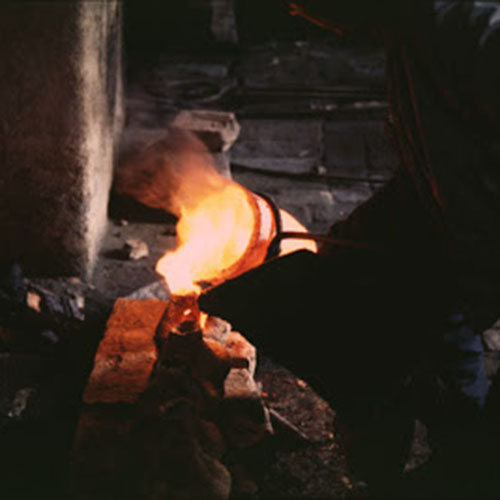

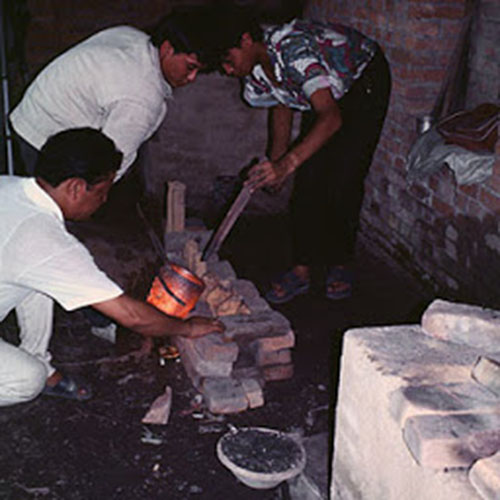
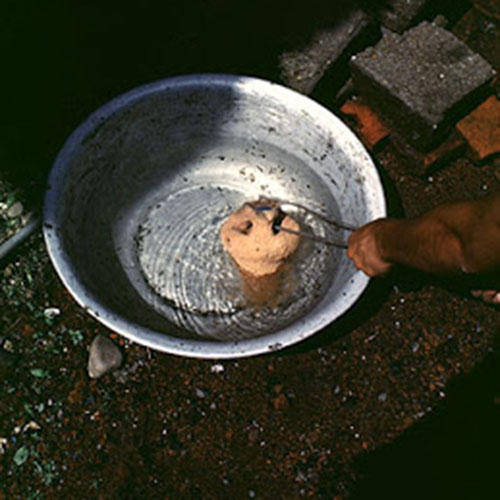
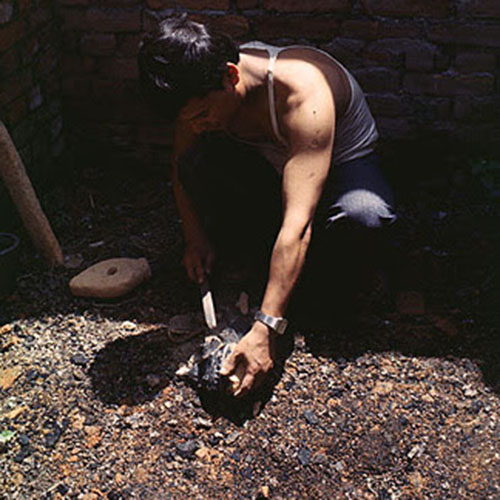





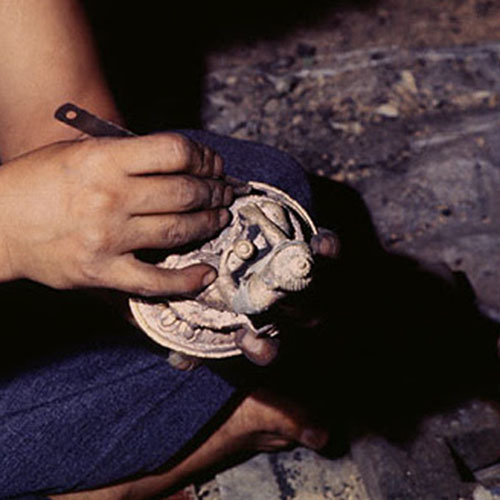
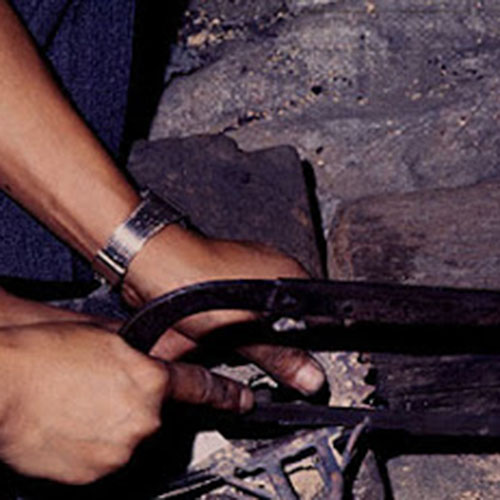
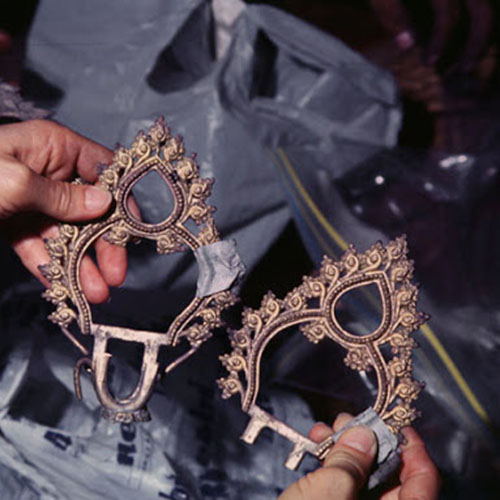



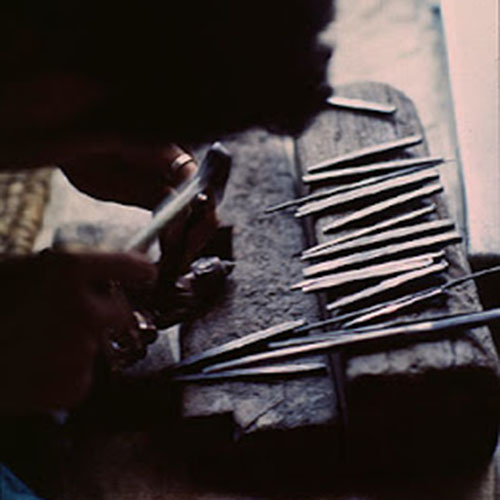

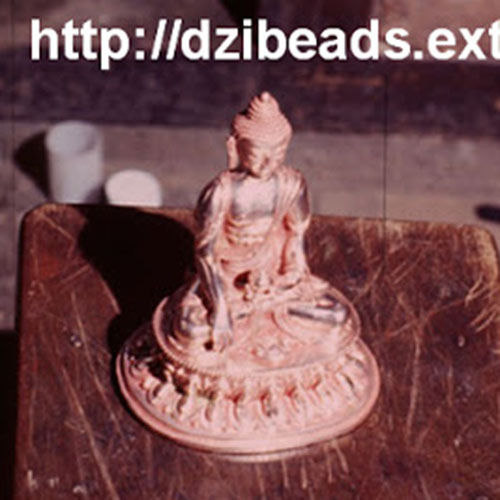
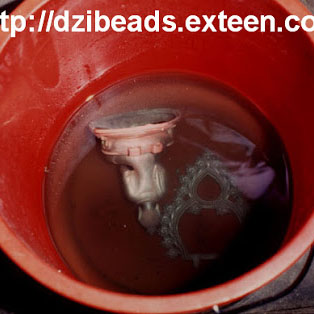
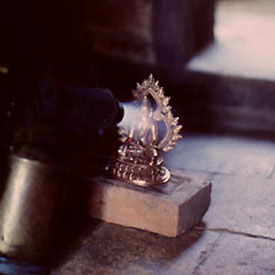
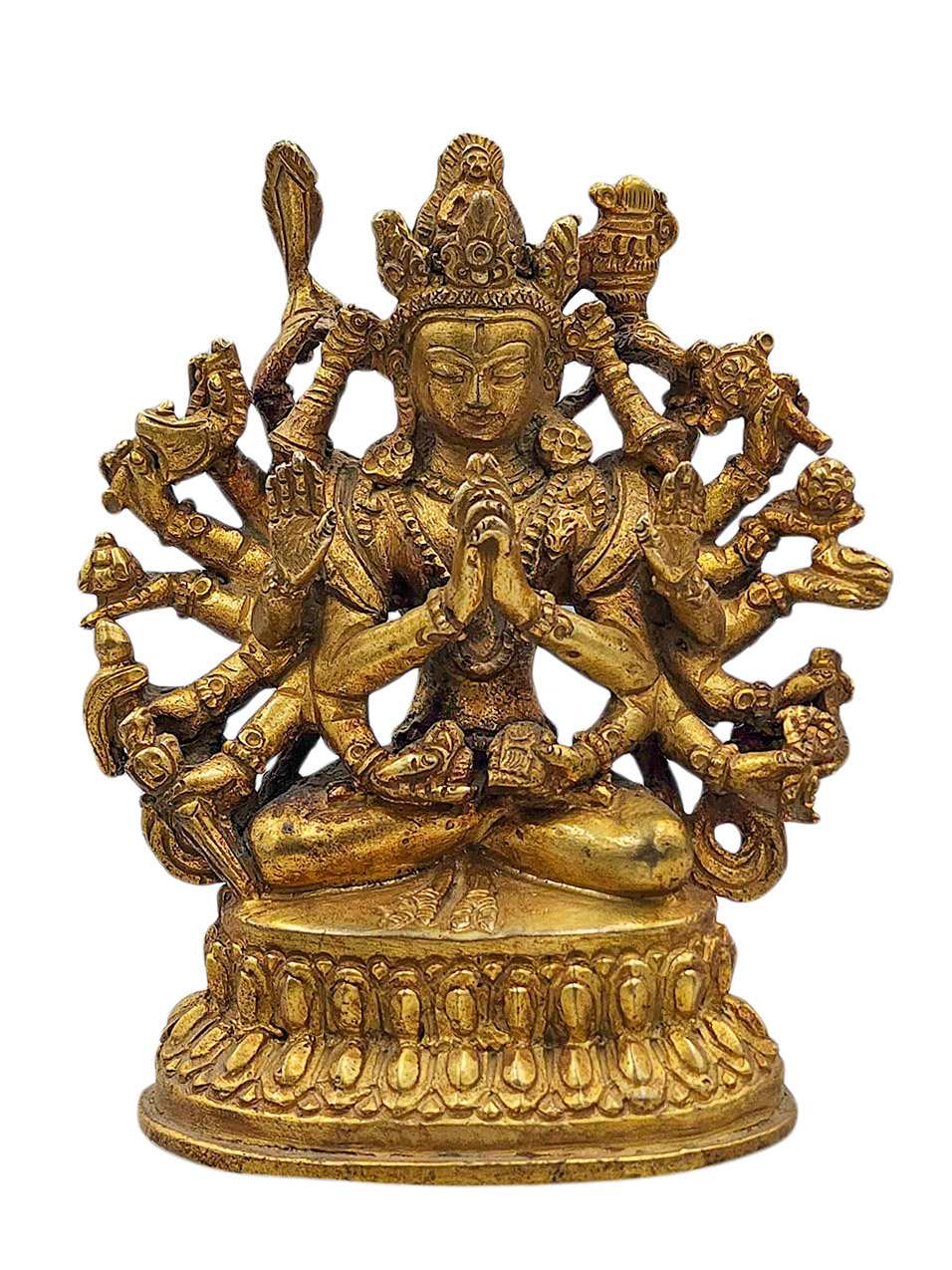 Cundi, Buddhist Handmade Statue,
Cundi, Buddhist Handmade Statue, 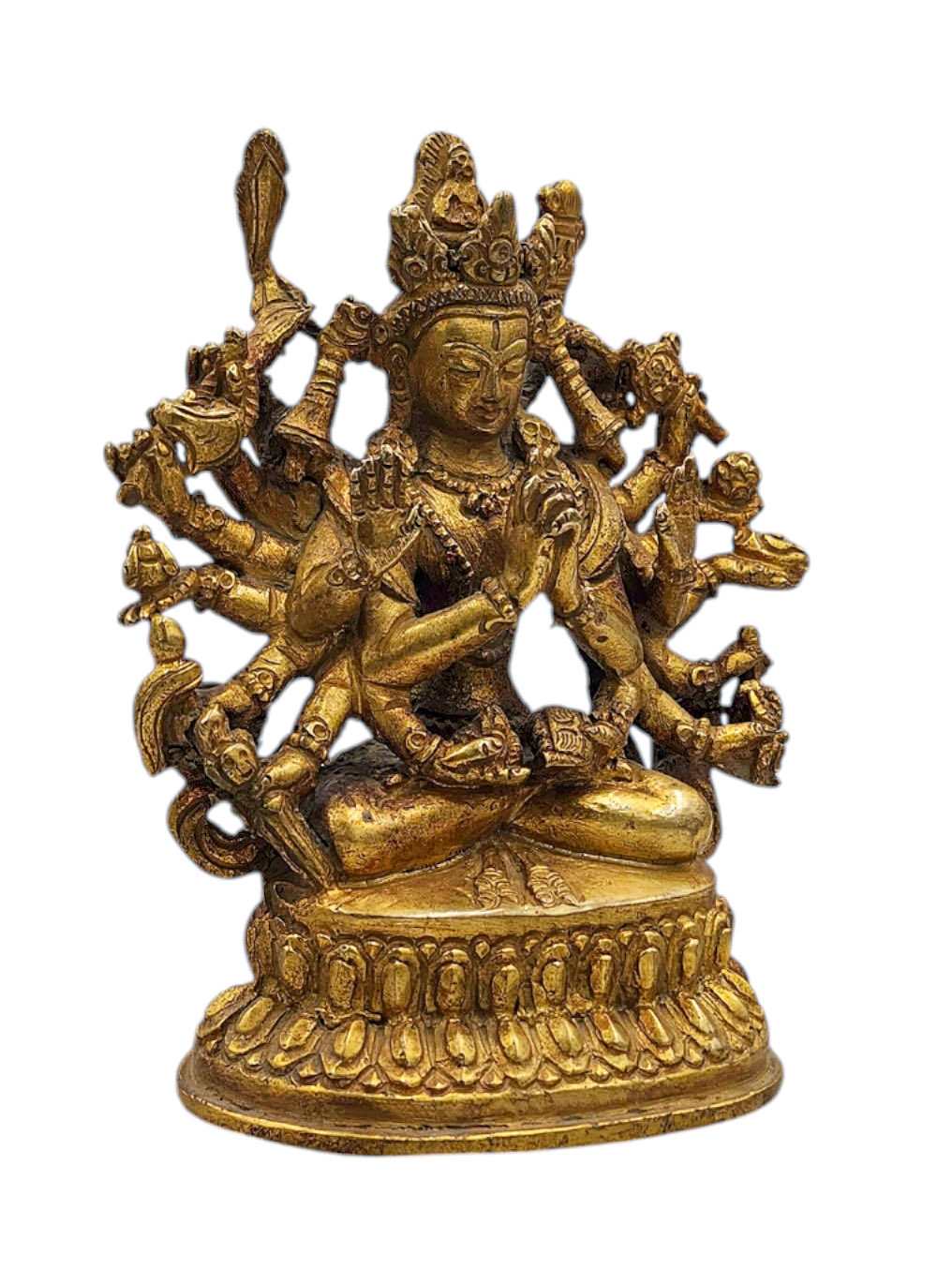 Cundi, Buddhist Handmade Statue,
Cundi, Buddhist Handmade Statue, 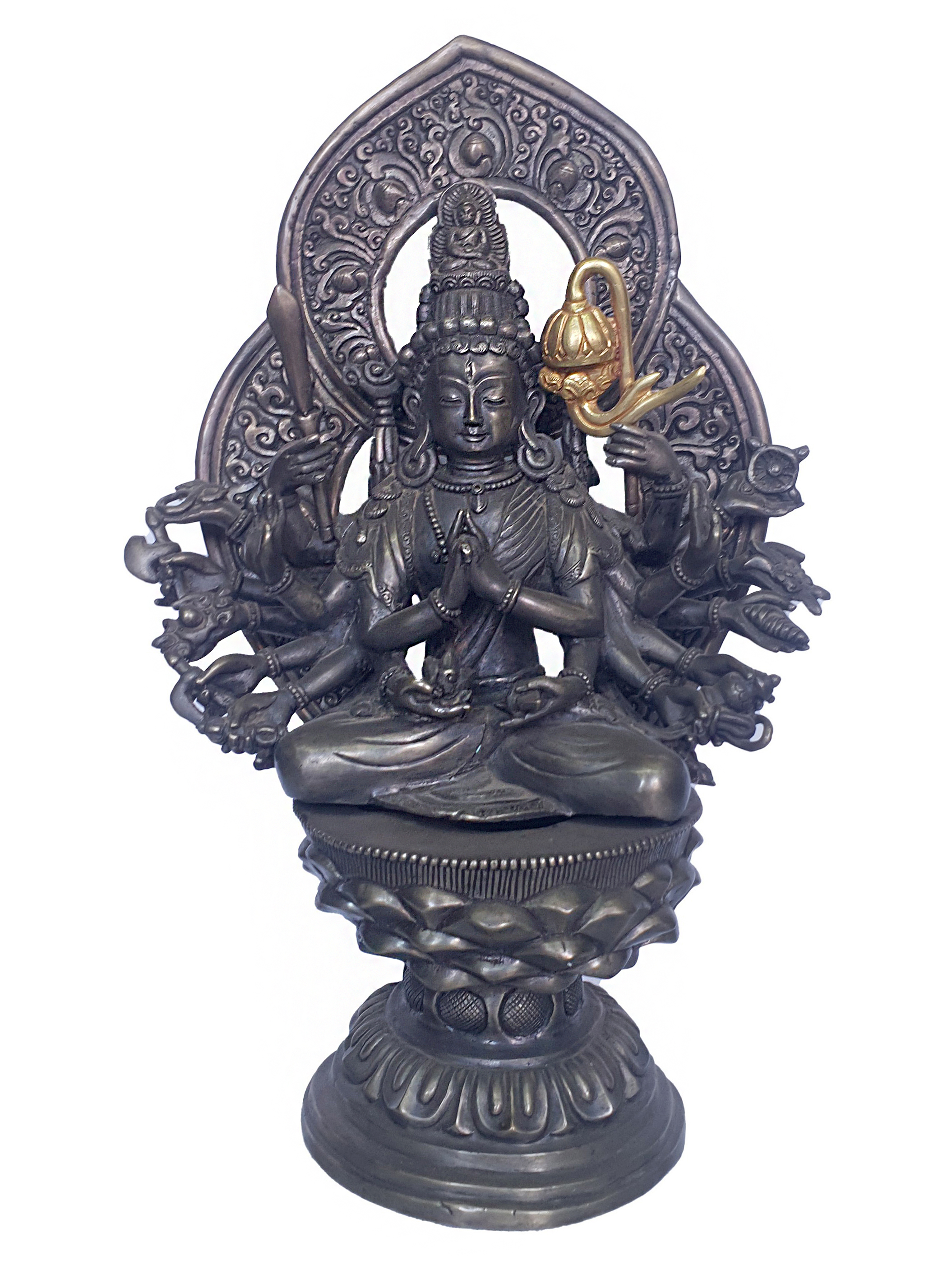 Rare Find, Statue
Rare Find, Statue 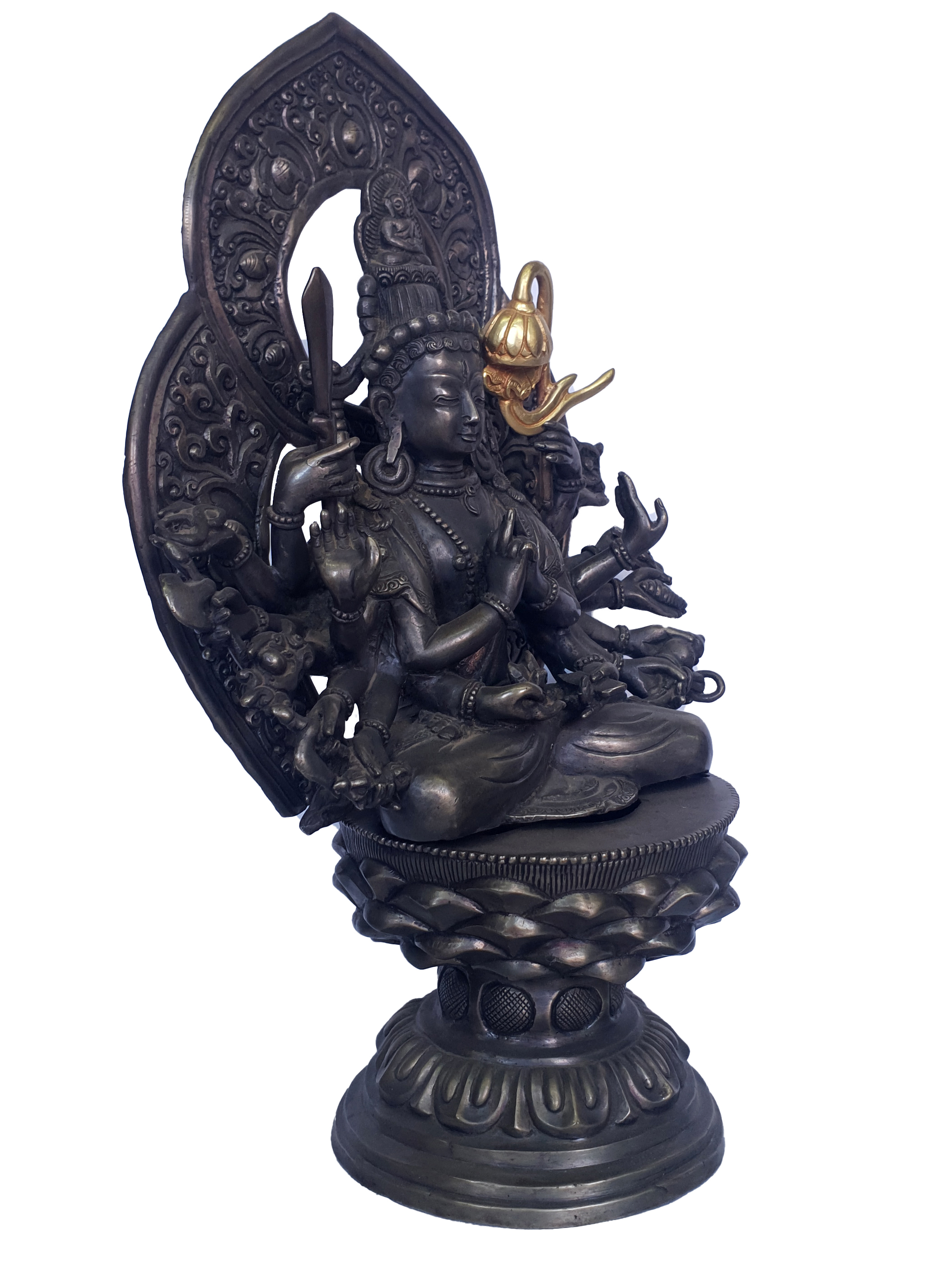 Rare Find, Statue
Rare Find, Statue 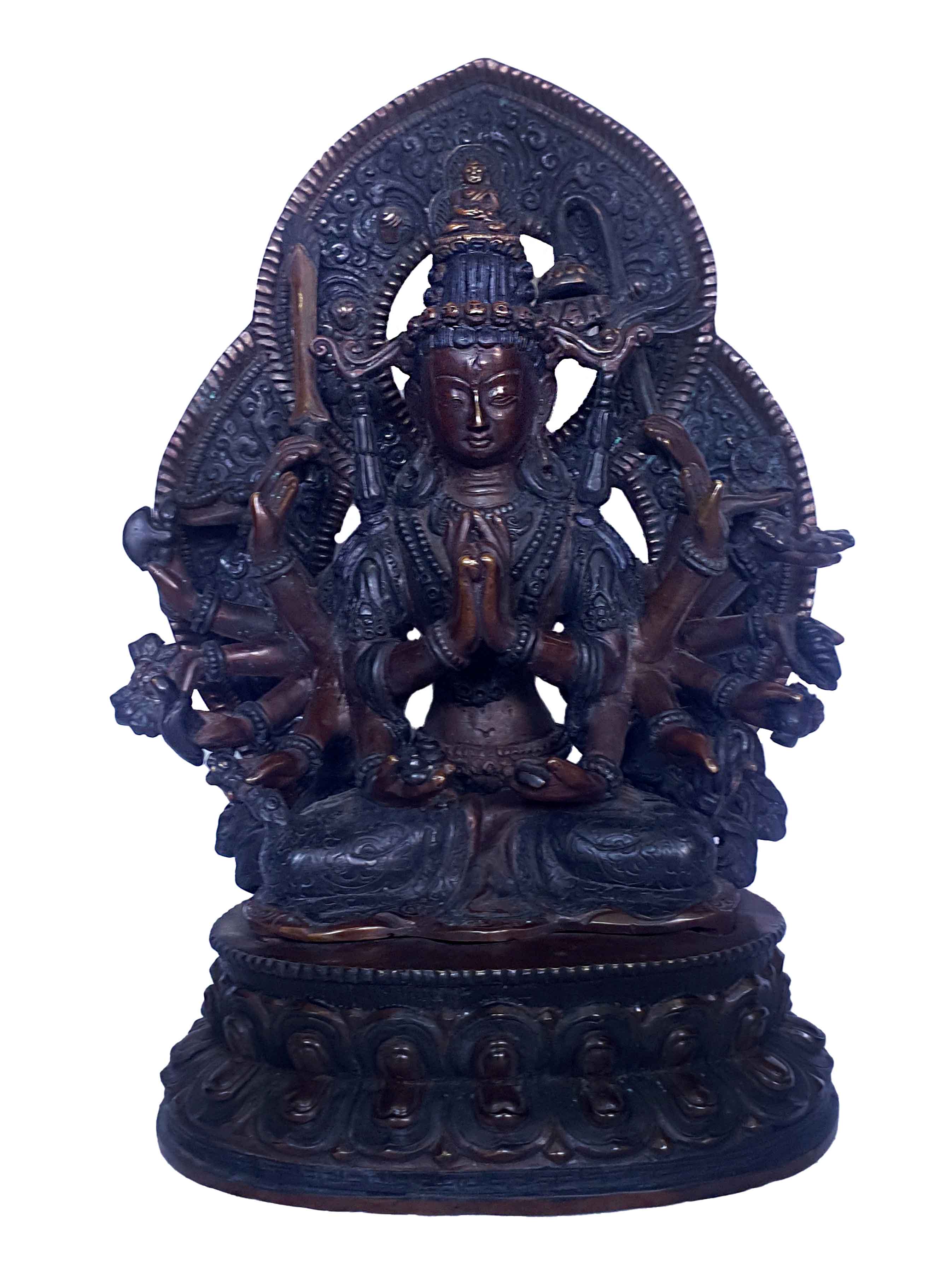 of Chundi
of Chundi 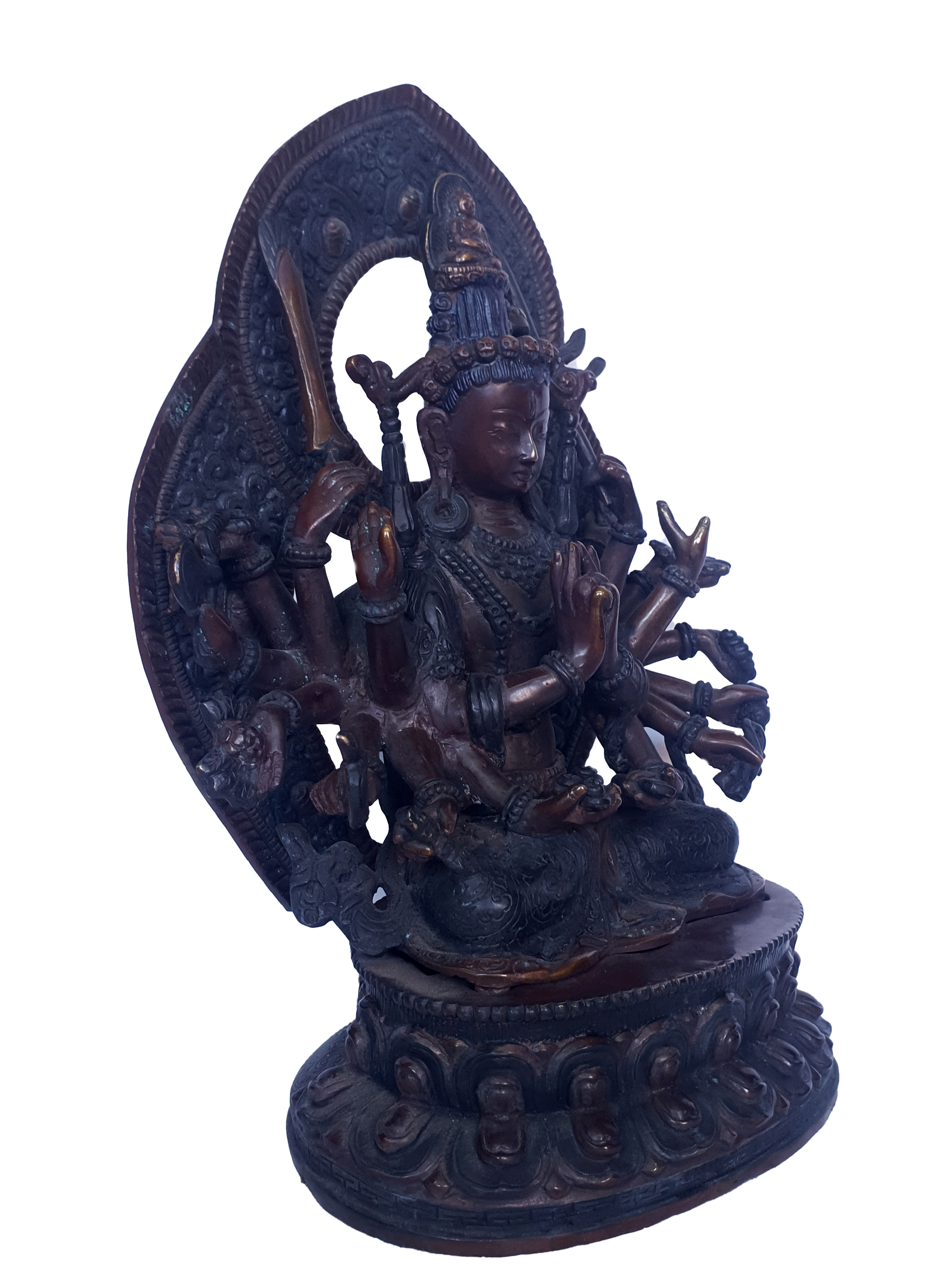 of Chundi
of Chundi 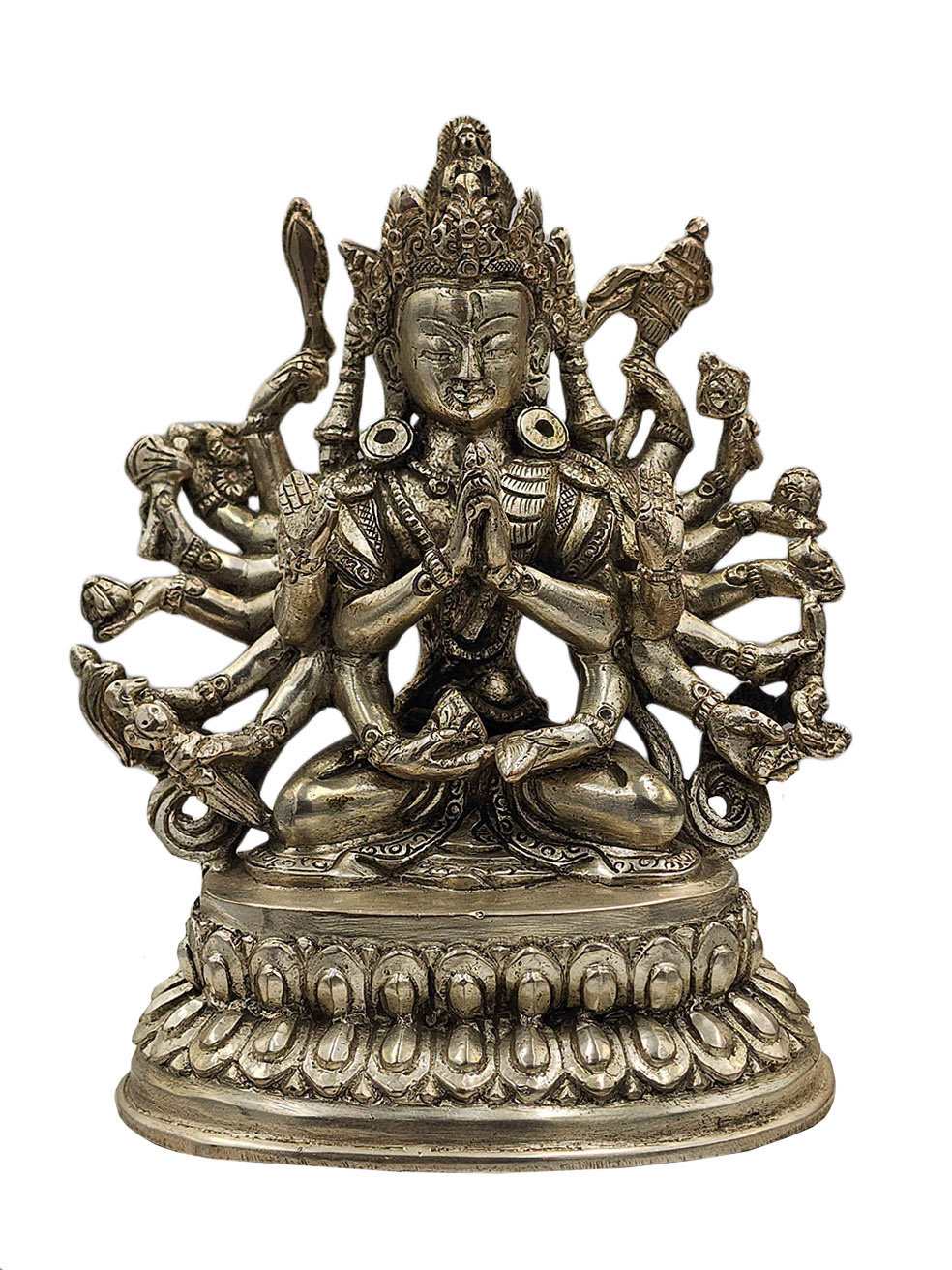 Cundi, Buddhist Handmade Statue,
Cundi, Buddhist Handmade Statue, 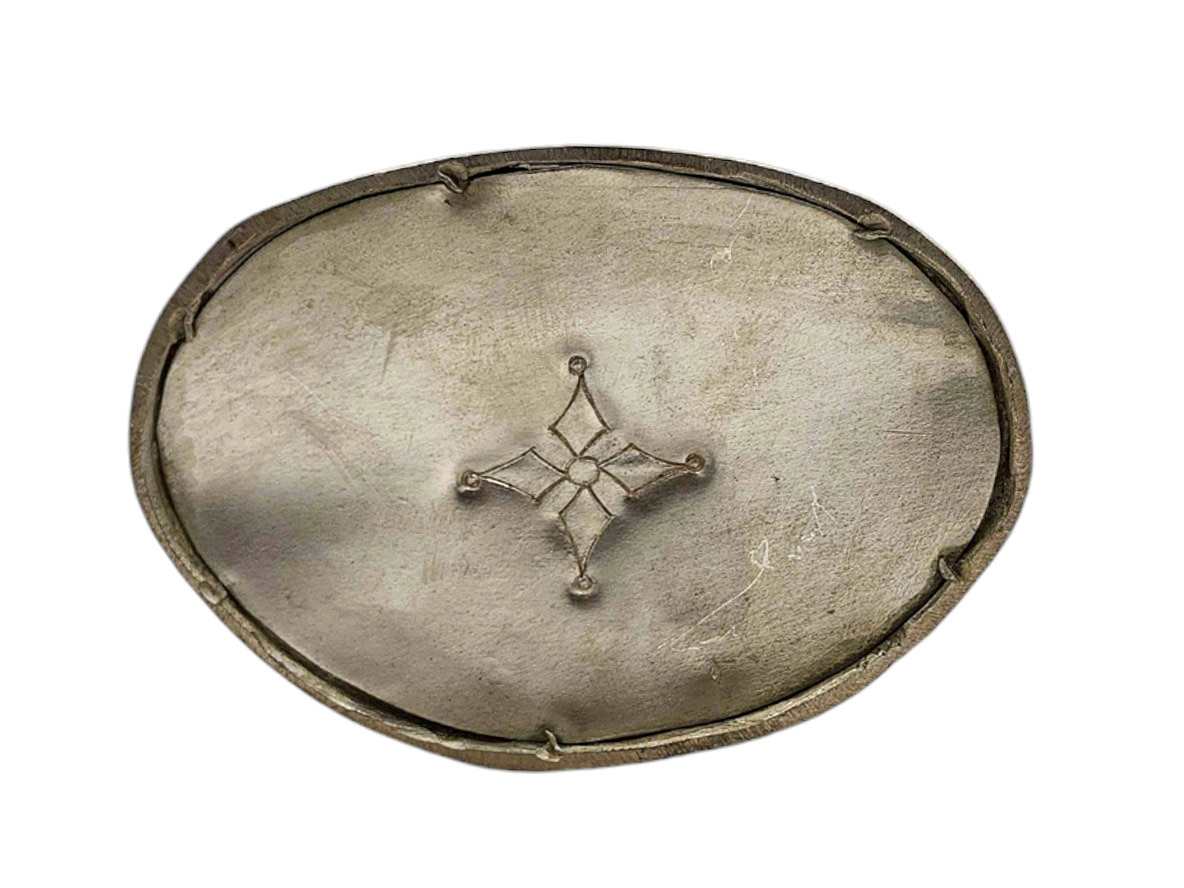 Cundi, Buddhist Handmade Statue,
Cundi, Buddhist Handmade Statue,